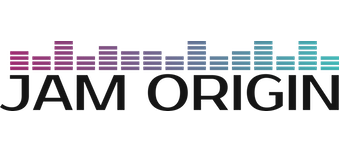Hi Bernard! Just tried it in Abelton, and it is the easiest thing to do achieve. Just use your sustain pedal input where I have breathcontroller in the picture ) and see to that your sustain pedal CC match MG2:s (CC64 is standard as you know). I have the output set to a software track here, but in. Abelton it works equally as well with the Audio track your MG2 is loaded onto. Kontakt automation - #3 by LoFiLeiF
1 Like
